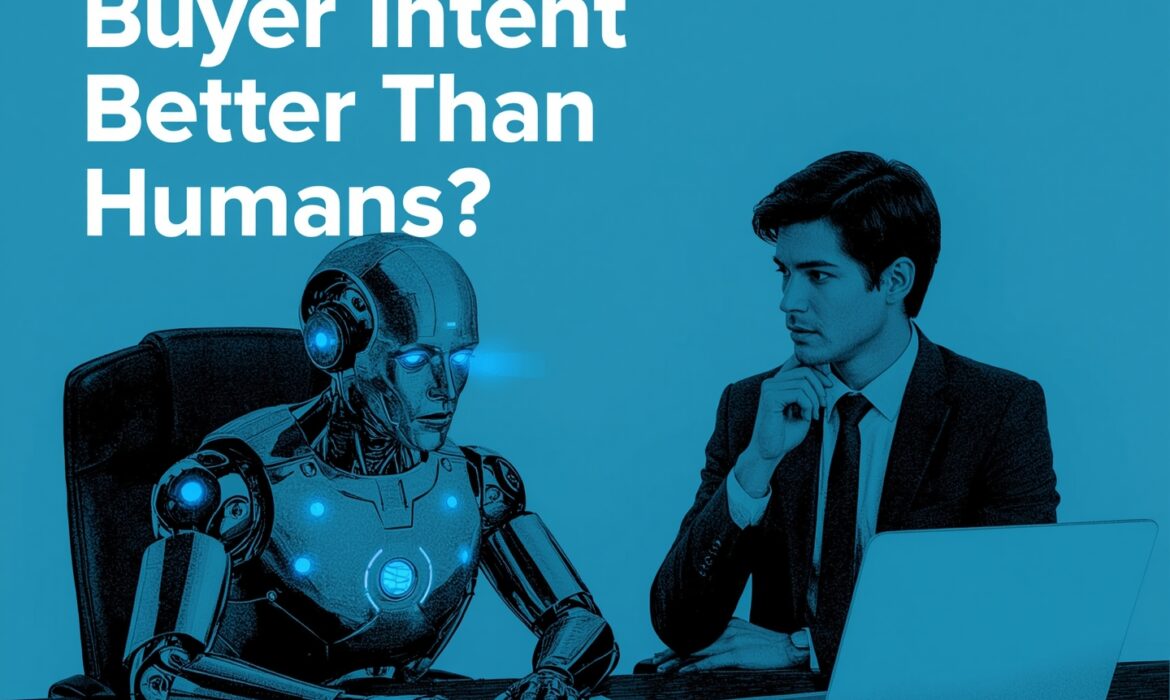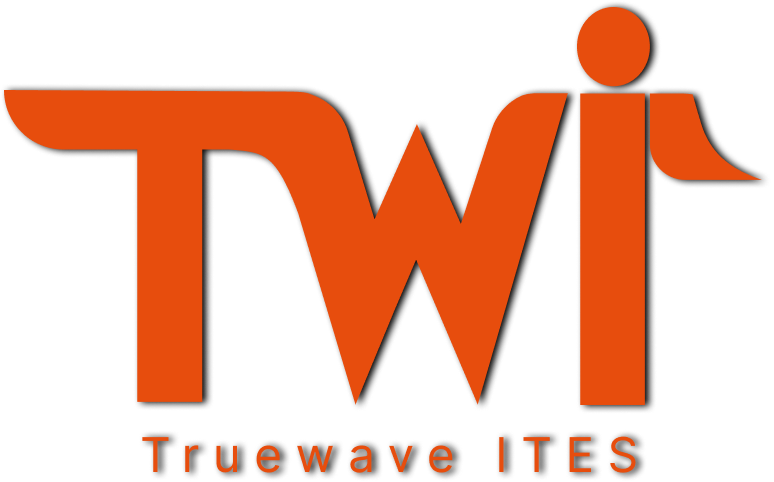
Can AI Understand Buyer Intent Better Than Humans? Decoding the Future of B2B Sales Signals
B2B sales and marketing have always hinged on one critical factor: timing. Reach out too early, and you risk annoying a lead. Wait too long, and they’ve already gone with a competitor. But what if artificial intelligence could detect buyer intent faster, better, and with more accuracy than a human ever could?
Today, AI-powered systems are revolutionizing how businesses read and respond to digital buying signals. From analyzing browsing behavior to interpreting engagement patterns across channels, AI is uncovering intent cues at scale. Yet, many B2B teams still rely heavily on intuition, anecdotal evidence, or static lead scoring—leading to missed opportunities and poorly timed outreach.
In this article, we’ll explore whether AI can truly understand buyer intent better than humans. We’ll highlight where AI excels, where it still falls short, and how B2B teams can blend machine intelligence with human insight to drive smarter, more effective engagement strategies.
Understanding Buyer Intent: Why It’s Harder Than It Looks
Buyer intent isn’t just about clicking a CTA or opening an email. It’s a combination of behaviors and signals—some overt, many subtle—that indicate a prospect’s interest, readiness, or urgency.
Traditionally, sales teams relied on:
- Gut feelings based on conversations
- CRM activity logs and email opens
- One-size-fits-all lead scoring models
The challenge? These signals are often incomplete, outdated, or misinterpreted.
For example:
- A lead downloading a whitepaper might be researching—not ready to buy.
- A prospect opening multiple emails could be curious, but not in-market.
Without context, these signals can lead to misaligned follow-ups and lost trust.
How AI is Transforming the Way We Decode Intent
Artificial intelligence doesn’t just look at individual behaviors—it detects patterns across massive datasets in real time. This makes it incredibly effective for interpreting intent signals that humans might miss or misjudge.
Here’s where AI stands out:
Analyzing Behavioral Patterns at Scale
AI doesn’t rely on isolated touchpoints. Instead, it:
- Tracks how a user navigates your site
- Measures scroll depth, time spent, click sequences
- Compares behavior across similar buyer journeys
This pattern recognition helps determine not just what a lead is doing—but why they might be doing it.
Integrating Multichannel Signals
Today’s buyers engage across multiple touchpoints: emails, webinars, paid ads, LinkedIn, G2 reviews, and more. AI aggregates these signals to create a more complete buyer profile.
For instance, a platform like 6sense can combine ad engagement + website visits + company-level firmographics to predict buying stage.
Predictive Scoring Over Static Rules
Traditional lead scoring is rule-based: assign X points for opening an email, Y points for filling out a form. But buyer behavior is fluid.
AI uses predictive models that learn and adapt, weighting actions differently based on outcomes—leading to more accurate prioritization.
Can AI Replace Human Intuition? Not Quite.
While AI is powerful, it’s not perfect. Human judgment still plays a vital role—especially in interpreting emotion, nuance, and one-on-one conversations.
Here’s what humans still do better:
- Understand tone in live discussions or emails
- Pick up on non-verbal cues during video calls
- Interpret cultural or industry-specific context
- Build rapport and respond empathetically
In fact, relying purely on AI can backfire. Consider a scenario where AI flags a lead as high intent based on page views—but a quick conversation reveals they were just browsing for competitive research.
How to Combine AI and Human Insight for Better Results
The smartest B2B teams don’t pick sides. They build workflows that integrate AI-driven intelligence with human judgment.
Here’s how:
1. Use AI to Surface Warm Leads
Let AI handle the heavy lifting:
- Monitor real-time engagement
- Score leads dynamically
- Highlight accounts showing surging interest
This helps reps focus on the right people, at the right time.
2. Train Sales Teams on AI Context
Instead of blindly trusting a score, train your team to understand why AI prioritized a lead. Look at:
- Behavioral patterns
- Channel activity
- Recent touchpoints
This context improves the quality of outreach and fosters trust with prospects.
3. Layer in Intent Data Platforms
Tools like Bombora and Demandbase aggregate third-party intent signals—like what a buyer is researching across the web. Combine these with your first-party data for a 360° view of buyer readiness.
Pro Tip: Use intent data to time outreach, personalize messaging, and align content offers to what buyers are actively researching.
4. Create Feedback Loops
Let humans fine-tune the AI. Gather rep feedback on lead quality, win/loss analysis, and email replies to continually train and improve AI models.
Real-World Example: AI in Action
A mid-size cybersecurity company integrated AI into their demand gen tech stack. By combining website behavior, email engagement, and third-party intent data, their AI model identified previously overlooked accounts showing high buying signals.
Instead of relying solely on form fills, the sales team began reaching out to accounts marked “high intent” by the AI.
Results in 60 days:
- 40% increase in demo bookings
- 22% higher lead-to-opportunity conversion
- Shortened sales cycle by 15%
The key? They didn’t abandon human input—they enhanced it.
Potential Pitfalls to Watch For
As with any technology, AI can cause problems when misused.
Be aware of:
- False positives: Not all activity means intent
- Over-segmentation: Too much automation can lead to hyper-fragmented campaigns
- Privacy concerns: Always ensure compliance with GDPR and data privacy laws
Balance is essential. Keep the user experience at the core of your strategy.
Conclusion: Can AI Understand Buyer Intent Better Than Humans?
In many ways, yes—AI can detect patterns and signals that humans can’t, especially at scale. But the best outcomes come when AI insights are combined with human empathy, intuition, and real conversation.
For B2B teams, the future isn’t AI or human—it’s AI plus human.
When you blend machine intelligence with personalized outreach and contextual understanding, you create a powerful, intent-driven engagement strategy that actually converts.
Want to learn more about aligning your sales and marketing efforts with AI-powered intent data? Explore our latest resources or get in touch with our strategy team.


